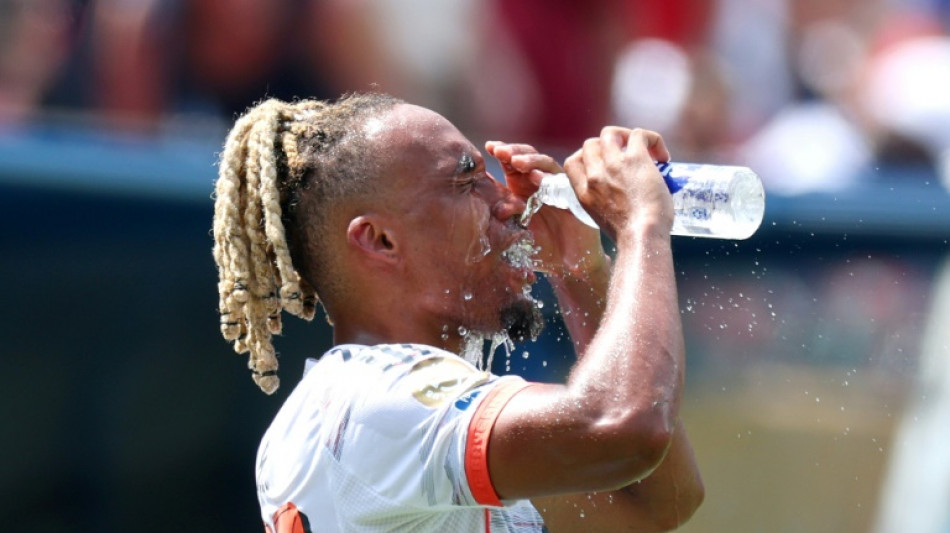
-
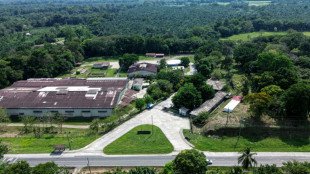 Justice orders release of migrants deported to Costa Rica by Trump
Justice orders release of migrants deported to Costa Rica by Trump
-
Vietnam tycoon will not face death penalty over $27 bn fraud: lawyer
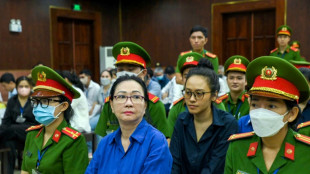
-
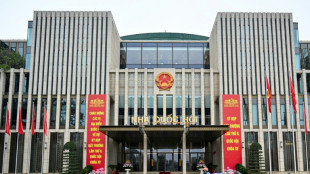 Vietnam abolishes death penalty for spying, anti-state activities
Vietnam abolishes death penalty for spying, anti-state activities
-
Over 80,000 people flee severe flooding in southwest China

-
 AI fakes duel over Sara Duterte impeachment in Philippines
AI fakes duel over Sara Duterte impeachment in Philippines
-
UK carbon emissions cut by half since 1990: experts
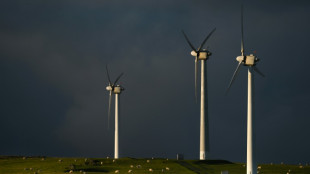
-
 Delap off mark as Chelsea ease into Club World Cup last 16
Delap off mark as Chelsea ease into Club World Cup last 16
-
UK to reintroduce nuclear weapon-capable aircraft under NATO
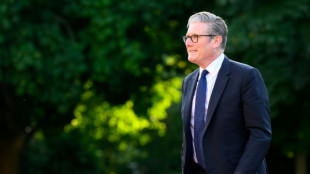
-
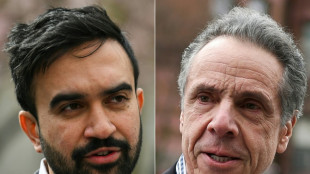 Upstart socialist stuns political veteran in NYC mayoral primary
Upstart socialist stuns political veteran in NYC mayoral primary
-
China's premier warns global trade tensions 'intensifying'
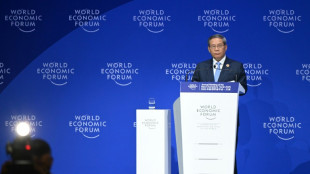
-
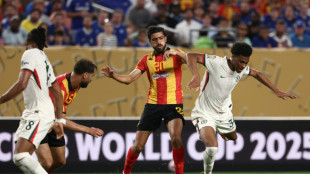 Chelsea through to Club World Cup knockouts, Benfica beat Bayern
Chelsea through to Club World Cup knockouts, Benfica beat Bayern
-
Cummins says Green 'long-term option' as Australia face new-look Windies
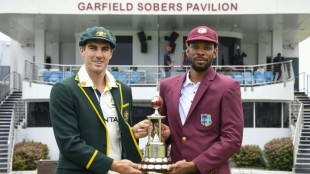
-
 Chelsea east past Esperance and into Club World Cup last 16
Chelsea east past Esperance and into Club World Cup last 16
-
Stocks rally as Iran-Israel ceasefire holds, oil claws back some losses

-
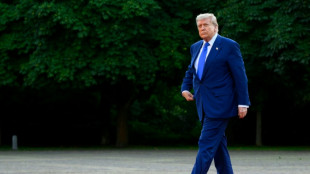 Trump whirlwind to test NATO summit unity
Trump whirlwind to test NATO summit unity
-
Israel claims victory as US intel says Iran nuclear sites not destroyed

-
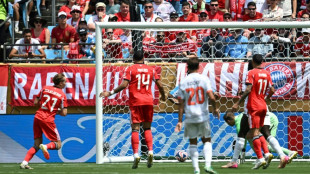 Benfica beat Bayern at Club World Cup as Auckland City hold Boca
Benfica beat Bayern at Club World Cup as Auckland City hold Boca
-
RFK Jr's medical panel to revisit debunked vaccine claims
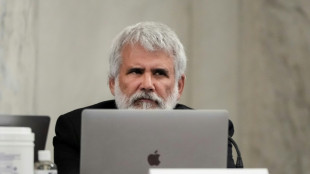
-
 Sean Combs trial: Takeaways from testimony
Sean Combs trial: Takeaways from testimony
-
Messi and Miami relishing reunion with PSG and Enrique
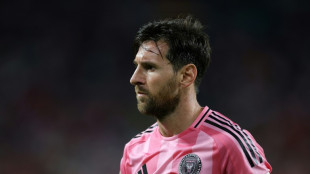
-
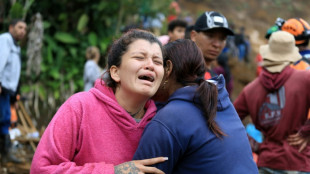 At least 10 dead in Colombia landslide
At least 10 dead in Colombia landslide
-
Extreme heat, storms take toll at Club World Cup
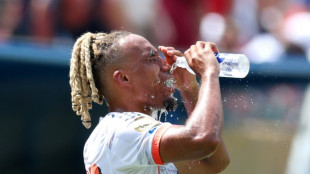
-
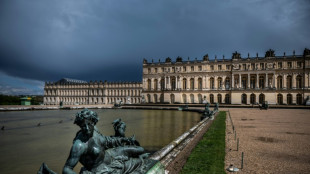 France's Versailles unveils AI-powered talking statues
France's Versailles unveils AI-powered talking statues
-
Child vaccine coverage faltering, threatening millions: study
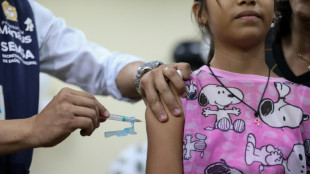
-
 Helium One Global Ltd Announces Independent CPR
Helium One Global Ltd Announces Independent CPR
-
Tocvan Drills Broadest Silver Zone Ever at 100% Controlled Gran Pilar Drills 42.7 meters of 41 g/t Silver From Surface, Including 10.7 meters of 136 g/t (4.4 oz) Silver

-
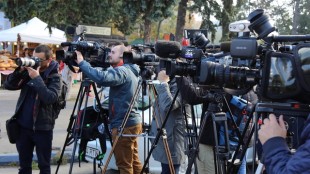 Evotec Joins NURTuRE-AKI Consortium to Gain Multi-Omics-Based Molecular Understanding of Acute Kidney Injury
Evotec Joins NURTuRE-AKI Consortium to Gain Multi-Omics-Based Molecular Understanding of Acute Kidney Injury
-
ABB among TIME’s World’s Most Sustainable Companies

-
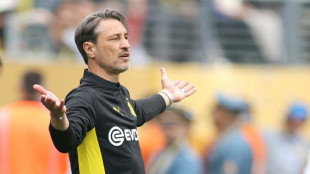 Club World Cup winners team who handles weather best: Dortmund's Kovac
Club World Cup winners team who handles weather best: Dortmund's Kovac
-
FIFA launch probe into Rudiger racism allegation

-
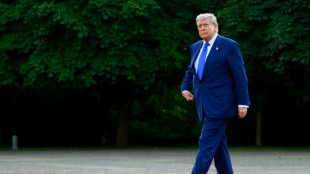 Trump rattles NATO allies as he descends on summit
Trump rattles NATO allies as he descends on summit
-
Three things we learned from the first Test between England and India

-
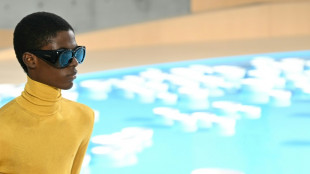 Saint Laurent, Vuitton kick off Paris men's fashion week
Saint Laurent, Vuitton kick off Paris men's fashion week
-
Amateurs Auckland City hold Boca Juniors to Club World Cup draw

-
 Neymar signs for six more months with Santos with an eye on World cup
Neymar signs for six more months with Santos with an eye on World cup
-
Grok shows 'flaws' in fact-checking Israel-Iran war: study

-
 Both sides in Sean Combs trial rest case, closing arguments next
Both sides in Sean Combs trial rest case, closing arguments next
-
Benfica beat Bayern to top group C

-
 Trump plays deft hand with Iran-Israel ceasefire but doubts remain
Trump plays deft hand with Iran-Israel ceasefire but doubts remain
-
England knew they could 'blow match apart' says Stokes after India triumph
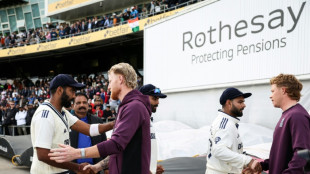
-
 Lyon appeal relegation to Ligue 2 by financial regulator
Lyon appeal relegation to Ligue 2 by financial regulator
-
US intel says strikes did not destroy Iran nuclear program
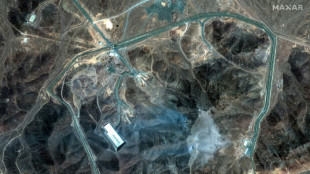
-
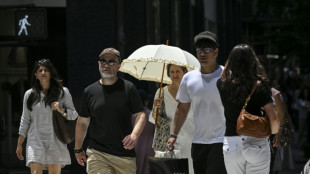 Nearly half the US population face scorching heat wave
Nearly half the US population face scorching heat wave
-
Israel's Netanyahu vows to block Iran 'nuclear weapon' as he declares victory
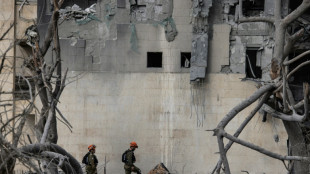
-
 Saint Laurent kicks off Paris men's fashion week
Saint Laurent kicks off Paris men's fashion week
-
Arbitrator finds NFL encouraged teams to cut veteran guarantees: reports

-
 India, Poland, Hungary make spaceflight comeback with ISS mission
India, Poland, Hungary make spaceflight comeback with ISS mission
-
Piot, dropped by LIV Golf, to tee off at PGA Detroit event
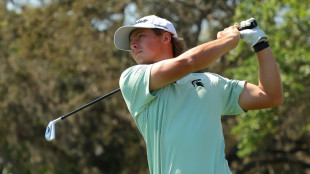
-
 US judge backs using copyrighted books to train AI
US judge backs using copyrighted books to train AI
-
Russian strikes kill 19 in Ukraine region under pressure
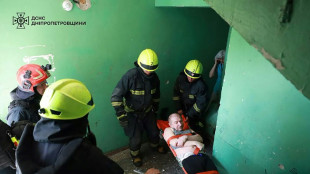

Extreme heat, storms take toll at Club World Cup
Furnace-like heat and the threat of thunder and lightning are wreaking havoc at the Club World Cup -- and more of the same is likely at the 2026 World Cup.
With a brutal heatwave blanketing swathes of the eastern United States, adapting to the weather has become a key focus for coaches and players.
Borussia Dortmund took the unusual step of leaving their substitutes in the dressing room for the first half of their game against Mamelodi Sundowns in Cincinnati, rather than have them sitting on the bench in blazing sunshine.
Chelsea coach Enzo Maresca meanwhile cut short his team's training session in Philadelphia on Monday as the City of Brotherly Love baked in temperatures of 99 degrees Fahrenheit (37.2 degrees Celsisu).
Dortmund coach Niko Kovac, meanwhile, said the weather could ultimately shape the destiny of the tournament.
"I think that this tournament will be decided not by the best team, but the team that can adapt to these weather conditions the best. They will probably win this tournament," Kovac said.
While cooling breaks midway through each half have become standard during the tournament, Dortmund, like other teams, are taking extra steps to mitigate the brutal heat and humidity.
"Our boys are very well taken care of by our doctors and the medical staff," Kovac said.
"We have very cold towels. We put them in ice baths. The boys also need to cool down their legs and their feet in cold water and ice baths."
The experience of the Club World Cup is likely a preview of what can be expected at next year's men's World Cup in the United States, Canada and Mexico.
A recent study published by the International Journal of Biometeorology warned of the risk posed by extreme heat at the tournament for players and spectators, citing climate change as a cause of "extreme heat" events that were "more frequent and intense".
- Storm disruptions -
The study concluded that 14 of the 16 host cities being used for the 2026 World Cup experienced temperatures that frequently exceeded the commonly accepted safe thresholds for wet bulb globe temperature (WBGT) -- a widely used measure for heat stress.
The study argued for games to be scheduled outside of the afternoon windows when conditions were typically at their most fierce.
In addition to the brutal heat and humidity, teams at the Club World Cup have also had to deal with matches being halted due to the threat of lightning.
On Tuesday, Boca Juniors' game against Auckland City became the fifth match of the tournament to experience a lengthy delay due to public safety regulations used in the United States that mandate play is halted whenever lightning is within 10 miles (16.1 kilometres) of a stadium.
A weather delay in Benfica's game against Auckland led to an interruption in play of nearly two hours.
National Weather Service official Ben Schott, who advises FIFA and the US World Cup taskforce for 2026, says the kind of weather affecting the ongoing competition is not out of the ordinary, and said teams and fans next year should plan accordingly.
"Nothing that we're seeing right now is unusual even though we are breaking records," Schott told AFP.
"Most of the eastern United States is breaking records, and then that happens almost every summer. To expect something similar next year as a possibility is something that people should prepare for if you're going to come and enjoy the games."
While roasting heat was an issue when the United States last hosted the World Cup finals in 1994, no games at that tournament were halted by storm warnings.
That is due to increasingly sophisticated forecasting technology, Schott said.
"We're at a point now where we can start to see things almost a week in advance and predict them pretty accurately, as compared to 15-20 years ago," Schott said. "The advances in meteorology since we last had the World Cup here in 1994 have been substantial."
Schott said thunder and lightning were "par for the course" in several regions of North America.
"This is pretty typical for United States weather for this time of the year," Schott said.
"We get a lot of moisture that pumps in from the Gulf of Mexico, and they get the afternoon thunderstorms pop up.
"So as we move towards World Cup 2026, things that we're seeing right now would be quite typical to be seen again."
FIFA did not immediately respond to a request for comment when contacted by AFP.
P.Santos--AMWN